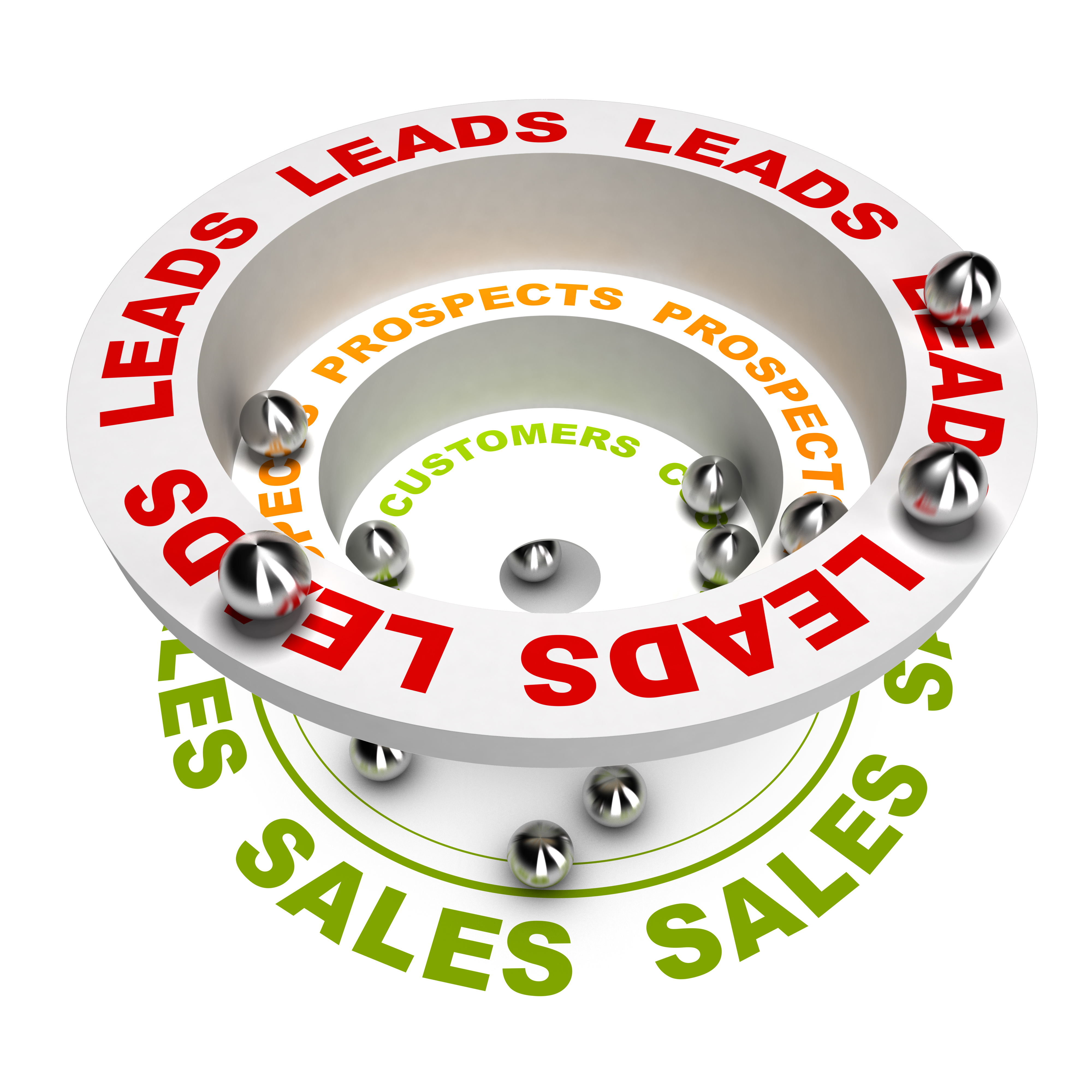

Marketing and sales with inbound SaaS marketing is an alignment that offers potentially one of the biggest opportunities to enhance business reach and performance. With inbound marketing as the focus element, both marketing and sales strategy need to be on the same page for the company’s long-term success.
SaaS marketing in customer service, financial institutions, healthcare facilities or the supply chain industry has been consistently building credibility. This stemmed from the SaaS companies marketing themselves in the right direction to the right decision-makers. However, the one element that stands apart is the effective and streamlined management of the marketing-sales funnel for inbound lead generation.
Where marketing looks at long-term projects to attract prospective leads, by gaining user attention and interest in their product or service, sales keep its head rooted in the results of swiftly turning leads into customers. It is precisely the element of constant improvement because SaaS companies are now inclining towards amalgamating sales and marketing for speeding the inbound marketing functions.
SaaS marketing utilises a fleet of ways to align the marketing and sales strategy to move leads through the complete buying process, enabling a holistic lead generation and nurturing program.

Setting common goals for the organisation with its vision and mission incorporated defines the first step in forming a clear culture that communicates the company’s objective. Once the employees of the company are clear on what the vision will be, they will commence with questions such as, how will it be marketed, what will be the target audience, how the product or service would be developed and why would certain features be included, how would the leads be identified and nurtured and so on.
This is when sales and marketing alignment reaches the objectives of increasing quarterly revenue, reducing customer churn, increasing CLTV (Customer Lifetime Value) and achieving these objectives through communication. For this purpose, businesses can use communication tools, CRM (Customer Relationship Management) and VPs of Sales and Marketing to serve as the command centre.
Demand generation bridges the gap between a company’s sales and its revenue operations by including multiple touchpoints such as blogging, email list creation, social media promotion and more. Considering demand generation is similar to inbound marketing and lead generation, it forms the glue between sales and marketing that needs to work together. It defines some crucial aspects of a brand such as the stage of demand generation in control, the tools that can help in bringing customers forward and which points to automating for better customer experience.

Marketing and sales can work together to coordinate the evaluation of tools, their purchase and how to use them across the stack. It is vital to consider that even though the tasks seem different, the goal is common for both sales and marketing. You can build an effective, workable stack that can be mutually utilised by both sales and marketing teams. This will help them to identify the purpose of each tool and troubleshoot the issues that appear.
Once the sales and online marketing consultant are clear on the target market for the product or service, the actual task begins. Now, sales and marketing can bury the long-standing hatchet of the imbalance causing a loss of leads. Sales and marketing alignment can work on lead scoring by measuring the buyer’s intent of a qualified prospect and their value to the brand.

The gold rule for every sales and marketing alignment is consistent brand messaging. This makes it crucial for teams to map the content for the customer journey. Their sync needs a clear understanding where marketing clarifies the exact role their content will play in pushing leads down the funnel.
For a smoother and streamlined flow of leads, online marketing lead consultants should provide sales with the exact reasoning on why the prospects are handed to them. Besides, they must also give context on the action those prospects took to gain a place in the marketing database, the scope of those leads and the interaction that led to their qualification in the funnel.

When a brand has a bi-directional data sync and a streamlined lead nurturing cycle, both sales and marketing strategy an identify the KPIs and the metrics that are individually and mutually important to them. Both teams can then agree on a way how to track them and how to close the loop of lead conversion.
The problem between sales and marketing is age-old and if not nipped in the bud, can have a maligning effect on the business. At TransFunnel, we use many features and functionalities of this platform to help marketing and sales work in tandem without overstepping their boundaries.
Our sales and marketing alignment and automation process includes defining marketing goals, sales lead generation goals, SaaS marketing and sales initiatives to achieve those goals, assigning marketing & sales accountability, sales engagement, lead scoring, defining MQL criteria and its handoff to sales.
When inbound marketing for SaaS passes a lead to sales, it means that the former is ready to make a buying decision.
At TransFunnel, Our Demonstrable Experience Is to Craft a Sales and Marketing Alignment Strategy Executed Through HubSpot.